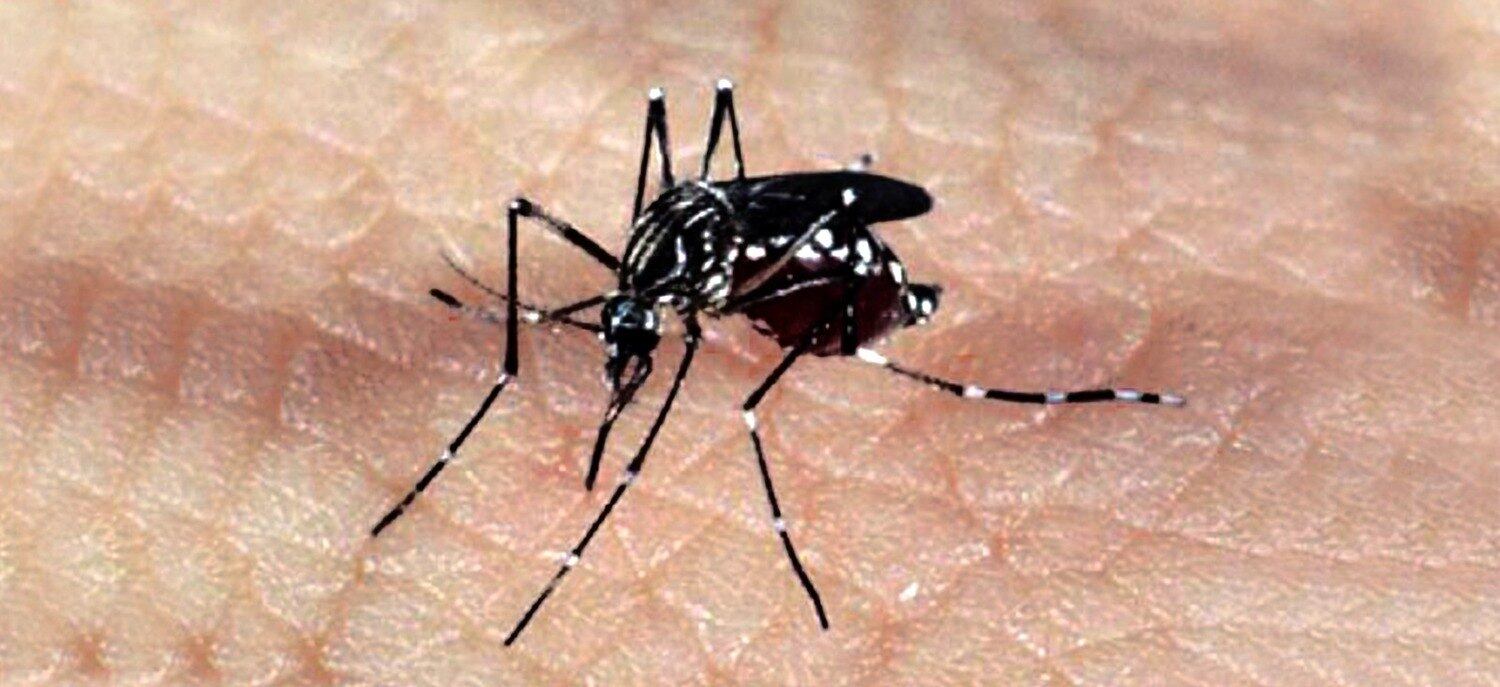*By Ana Claudia Cardoso
I suffered myself as a child, but at that time everything was resolved immediately, based on the Code of Hammurabi.
Currently, the situation is a little worse, as the psychological attack often comes from behind a computer or cell phone screen, with cowardice and cruelty, exposing, ridiculing and belittling physical or intellectual particularities. It’s practically the same behavior, the same repeated attacks, but aggravated by a “supposed” anonymity.
Cyberbullying is violence carried out with the use of information technologies in digital environments. This practice is intended to offend, humiliate or even shame and intimidate the victim of the action. Brazil is the 2nd country with the most cases of cyberbullying in the world, according to the Ipsos Institute, trailing only India.
The lack of compassion, tolerance and respect, as set out in the National Education Guidelines and Bases Act, are the main characteristics of cyberbullying. However, I believe that the fact that aggressors can perform this act without being seen creates a false sense of impunity. They think they are super heroes, people above good and evil and with all rights and no duties.
In times of pandemic, cases of cyberbullying have increased exponentially. As a result, schools and universities are increasingly investing in the training of their teachers, in order to avoid multi-million damages against educational institutions.
To be a cyberbullie (bully, digital aggressor), you don’t have to be the strongest, the most popular or the most feared of the group, now you just have access to a cell phone with internet. The destructive power of cyberbullying on victims is greater, because the public, the audience that “watches” the attacks, goes beyond school boundaries and reverberates worldwide. This is because the offenses are transmitted with great speed to other spheres where the victim lives, such as friends, family and colleagues, as stated in the anti-bullying manual prepared by the Public Ministry of São Paulo.
In addition to virtual bullying, another recurrent practice on the internet that can be a great threat to children, teenagers and women in general is cyberstalking (or, in Portuguese, virtual stalking), in which an individual or group of individuals uses technology to pursue somebody.
Both practices can have an impact on self-esteem, self-confidence and even the safety of victims, and are provided for by law with varying penalties, ranging from fines to imprisonment.
Here’s how to protect yourself:
- do not respond to attacks
When they perceive that their provocations have effects on the victim, it is possible that the aggressors see a stimulus in this reaction and, therefore, invest more and more in the aggression. While not responding to these bullies sounds like obvious and hard advice to follow, this is one of the best ways to discourage so-called bullies (bullyers), as indifference can cause them to give up on their targets. Furthermore, another important reason for not responding to provocations is to avoid incurring in the same practice as the aggressor, uttering offenses and spreading slanderous information as revenge.
- save evidence
Unlike other forms of bullying and stalking, cyberbullying and cyberstalking often leave a trail in the form and environment in which they are practiced. Fortunately, these records can later be used in favor of the victim. In this sense, all evidence of the attacks suffered must be kept — such as screen shots of messages and threats or even proof of the installation of stalkerware, for example — since these materials can be used in a possible complaint or lawsuit. It is also worth remembering that all these records must clearly show the email addresses, usernames or telephone numbers from which the attacks started.
- Ask relatives, friends and professionals for help.
Whenever you feel hit by an assault, more than just seeking help from the law, it’s important to ask trusted people for help so you don’t have to deal with the pressure alone.
- Contact social media support
If you suffer or witness attacks from profiles on social networks such as Instagram, Facebook and Twitter, for example, it is important to contact the platform’s support through the help channels. In this contact, you must inform the conduct and profile involved in the practice of cyberbullying or cyberstalking, denouncing the aggressor’s account.
After reporting a cyberbullying practice, it is also important to report and block the profile involved in the action, to prevent the aggressor from coming into contact with new bullies. It’s worth remembering, however, that stalkers have the common practice of creating more fake profiles to carry out systematic intimidation, which can lead to an endless cycle of blocking and profiling. Therefore, it is important to gather all the necessary evidence to denounce and prove the repeated practice of abuses.
- If nothing works, use the law to your advantage.
The practice of cyberbullying can be considered a crime against honor, provided for in Articles 138 to 140 of Chapter IV of the Brazilian Penal Code. For him, there is already punishment in Brazil, with a penalty that can be increased in cases involving children or adolescents.
In addition, since 2018 the Penal Code also provides, in its article 218-C, punishment of one to five years of imprisonment for anyone who offers, transmits, publishes or discloses, without the victim’s consent, photos, videos or any other type of media that contain, for example, sex, nudity or pornography. This penalty can be increased if the crime involves minors and/or women.
Still dealing with bullying, there is Law 13,185, of 2015, which established the Program to Combat Systematic Intimidation. It characterizes intentional and repetitive acts of physical or psychological violence, practiced by individuals or groups, against one or more people, with the aim of intimidating or attacking them – such as bullying. The legal text determines that schools, clubs and recreational associations develop awareness-raising measures to prevent and combat the practice.
Finally, Law 14,132, enacted in March 2021, added to the Penal Code the provision for the crime of stalking, which includes the practice of cyberstalking. If there is a conviction, it can render the violator fines or even imprisonment for periods ranging from six months to two years.
It is worth remembering, however, that for these laws to be put into practice, help is needed. The victim or his legal representative — in the case of persons under the age of 18 or incapable of being incapable — must declare to the authorities that they want the aggressor to be investigated and prosecuted.
How to notice the signs in children and adolescents?
Children and teenagers sometimes find it difficult to open up about cases of bullying or stalking suffered on the Internet.
Abrupt mood swings, sleep difficulties, loss of appetite and lack of interest in daily activities are some of the changes that may indicate a possible case of cyberbullying. Furthermore, sudden exclusion from social media profiles or unwillingness to participate in classes and social events can also mean that there is something wrong in this regard.
That’s why it’s important that parents or guardians maintain an open dialogue with their children, trying to understand what kind of content they consume.
*Ana Cláudia Cardoso Braga is an activist in Digital Law and a lawyer at Toledo e Advogados Associados.
about the office
Toledo e Advogados Associados is specialized in international law, immigration, investments and international business. It has been operating for nearly 20 years with a focus on guiding individuals and companies in their processes. Each case is analyzed in detail and efficiently prepared by a team of specialized professionals. To better serve customers, the company has units in São Paulo, Santos, Miami and Huston. The team is made up of lawyers, international partners, economists and accountants in Brazil, the United States and Portugal who help to achieve the objective of the clients served. For more information, access: http://www.toledoeassociados.com.br or contact us by e-mail [email protected] .





